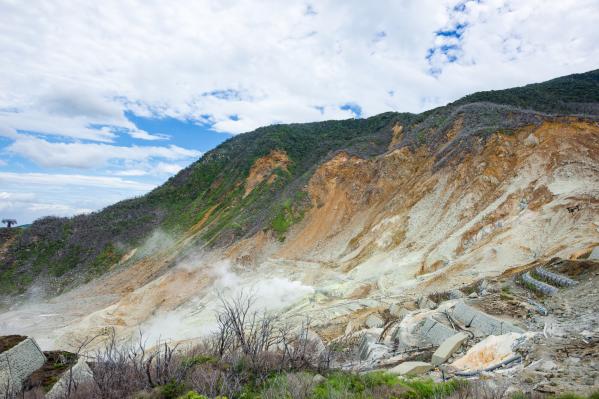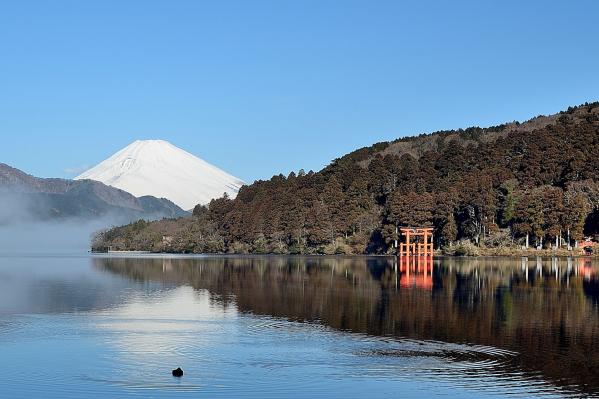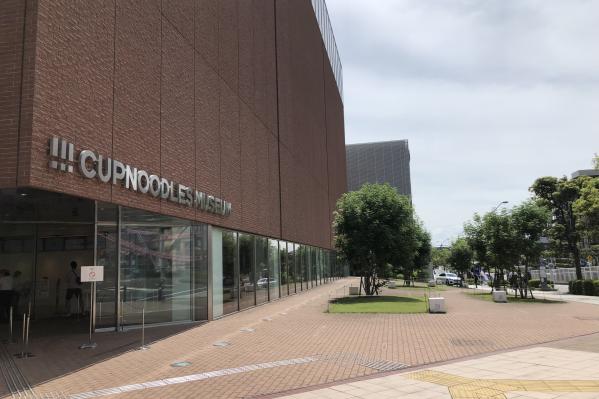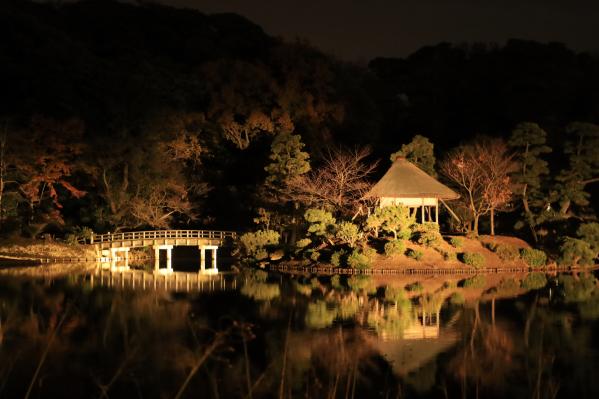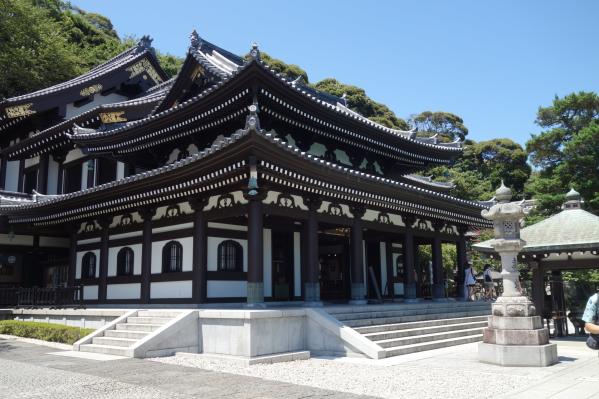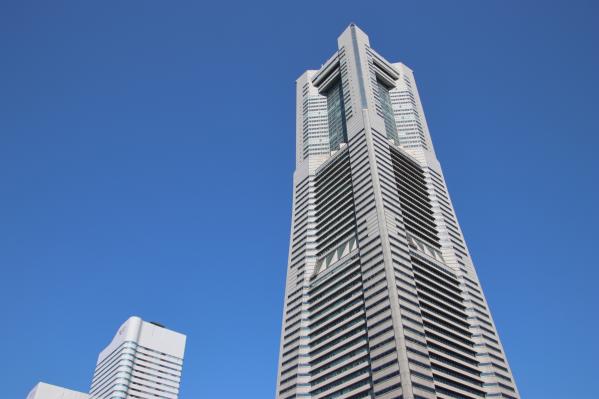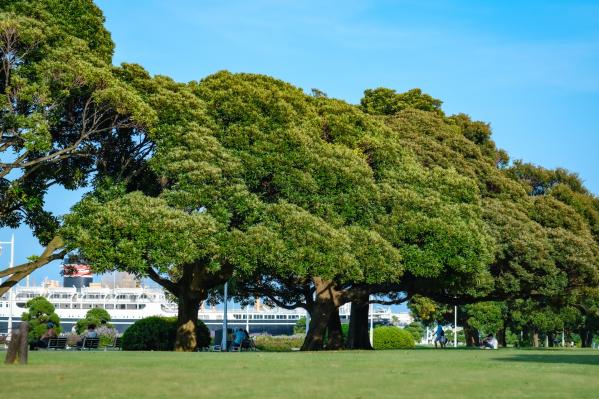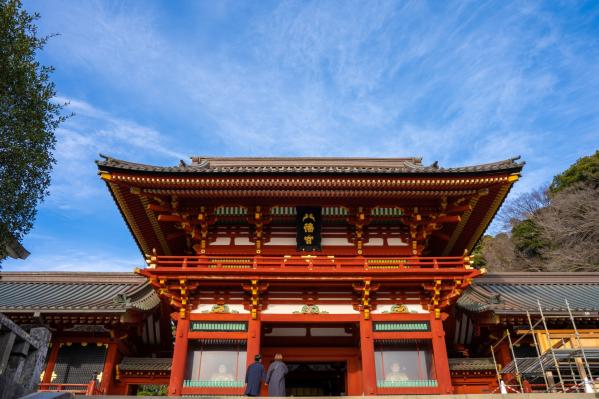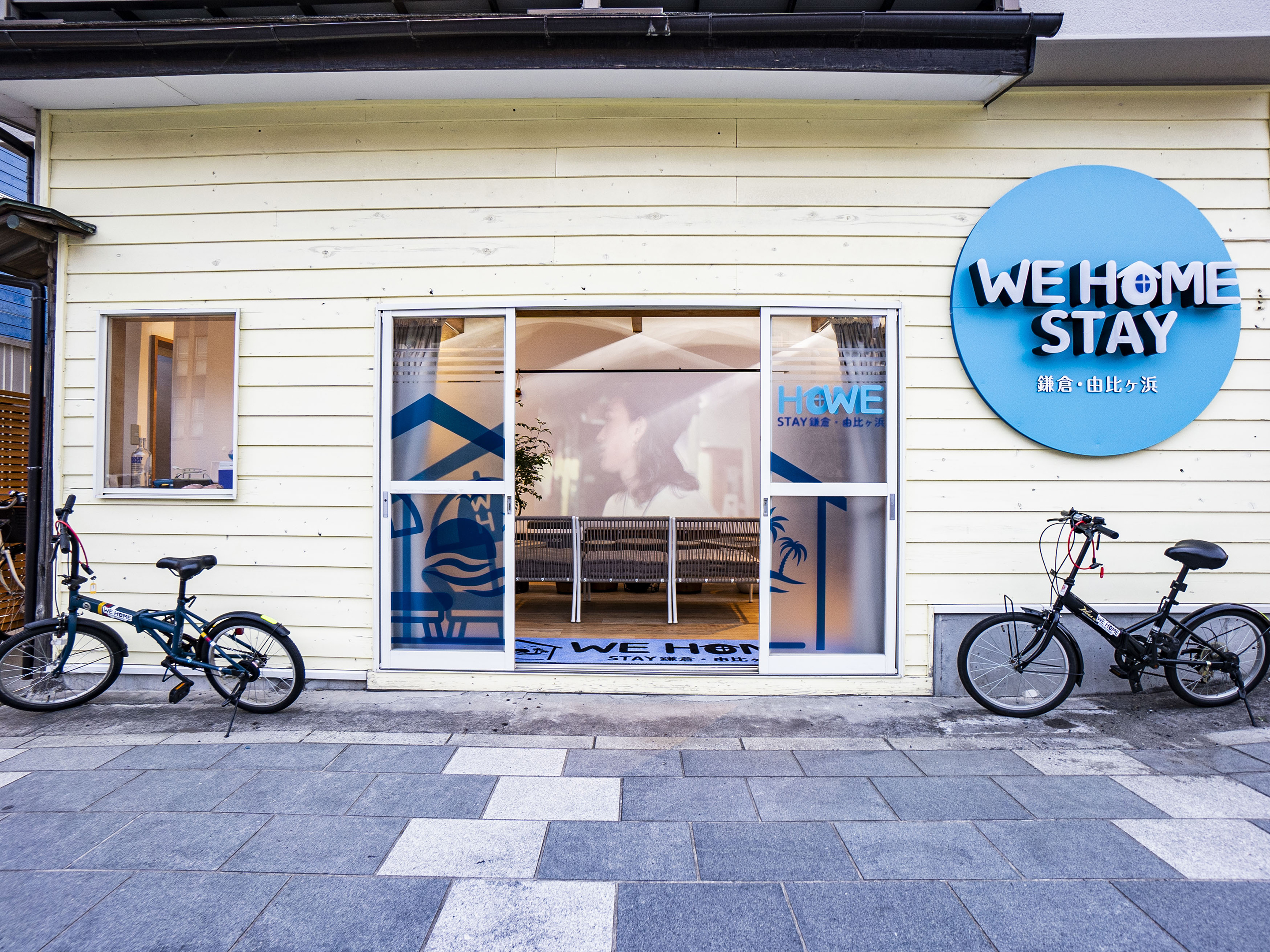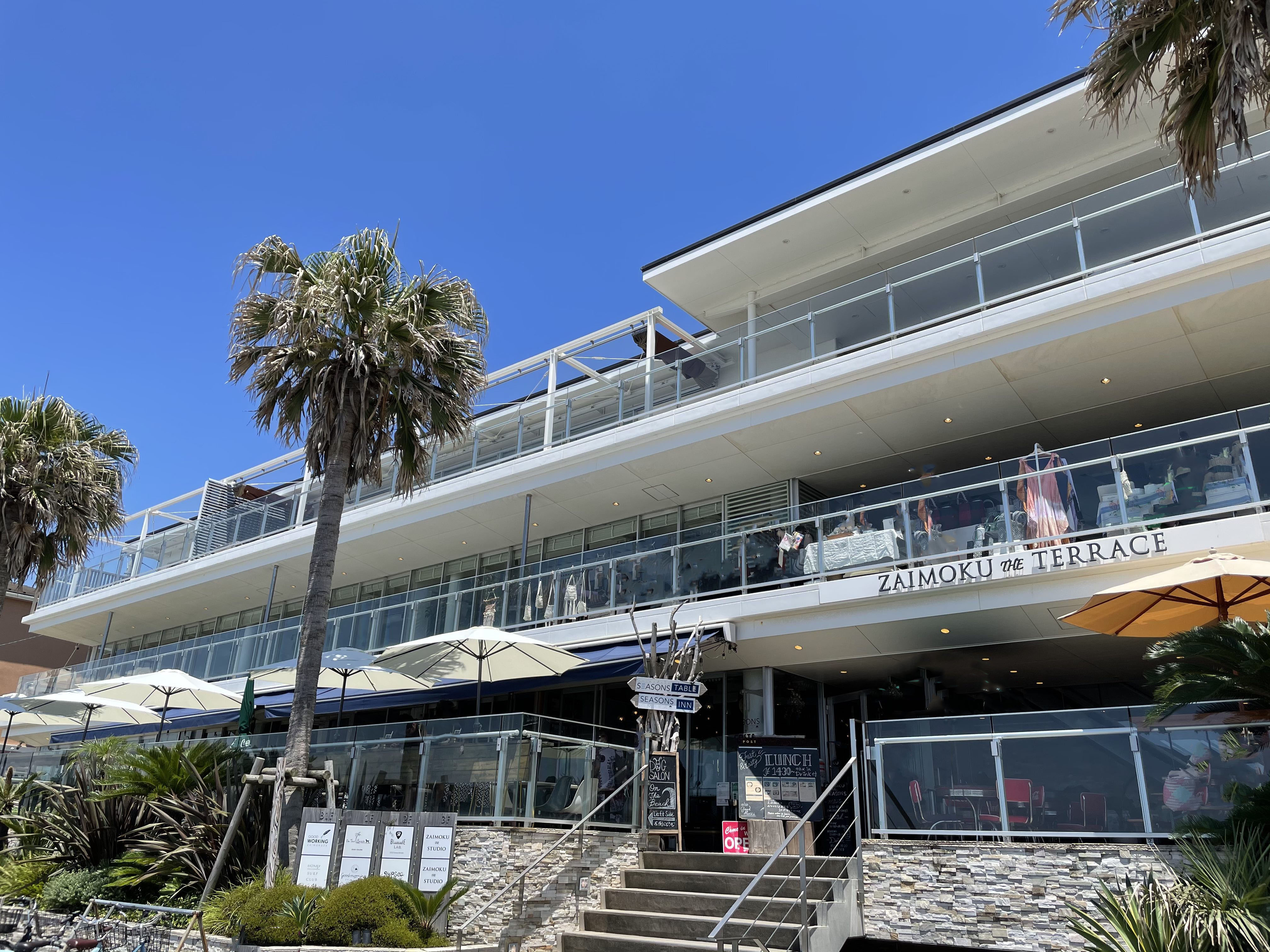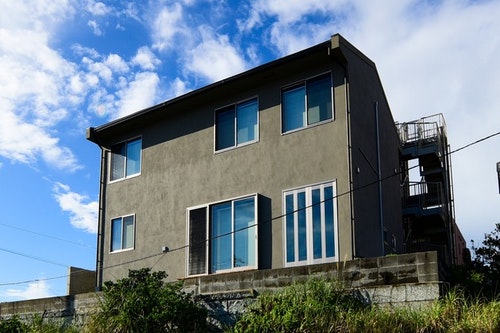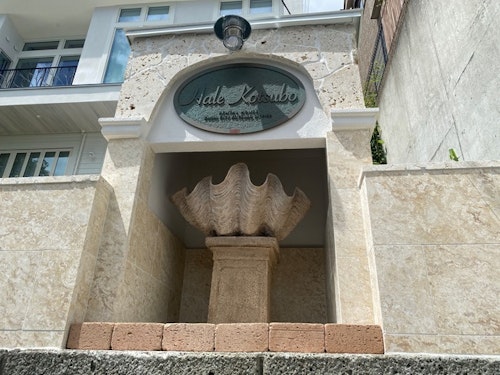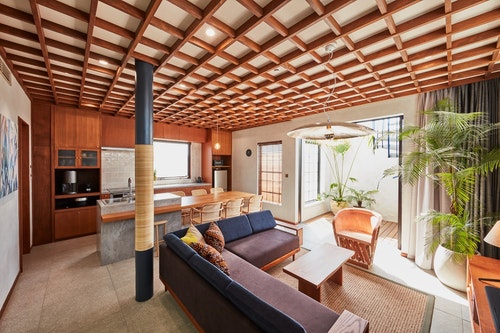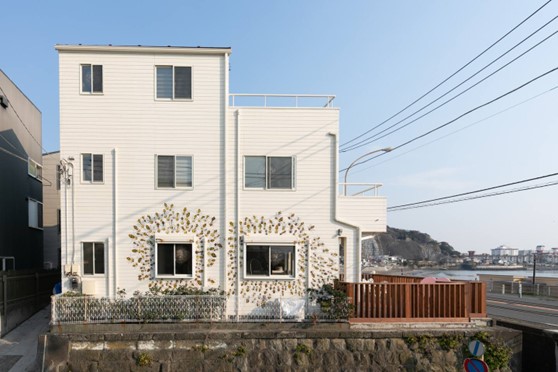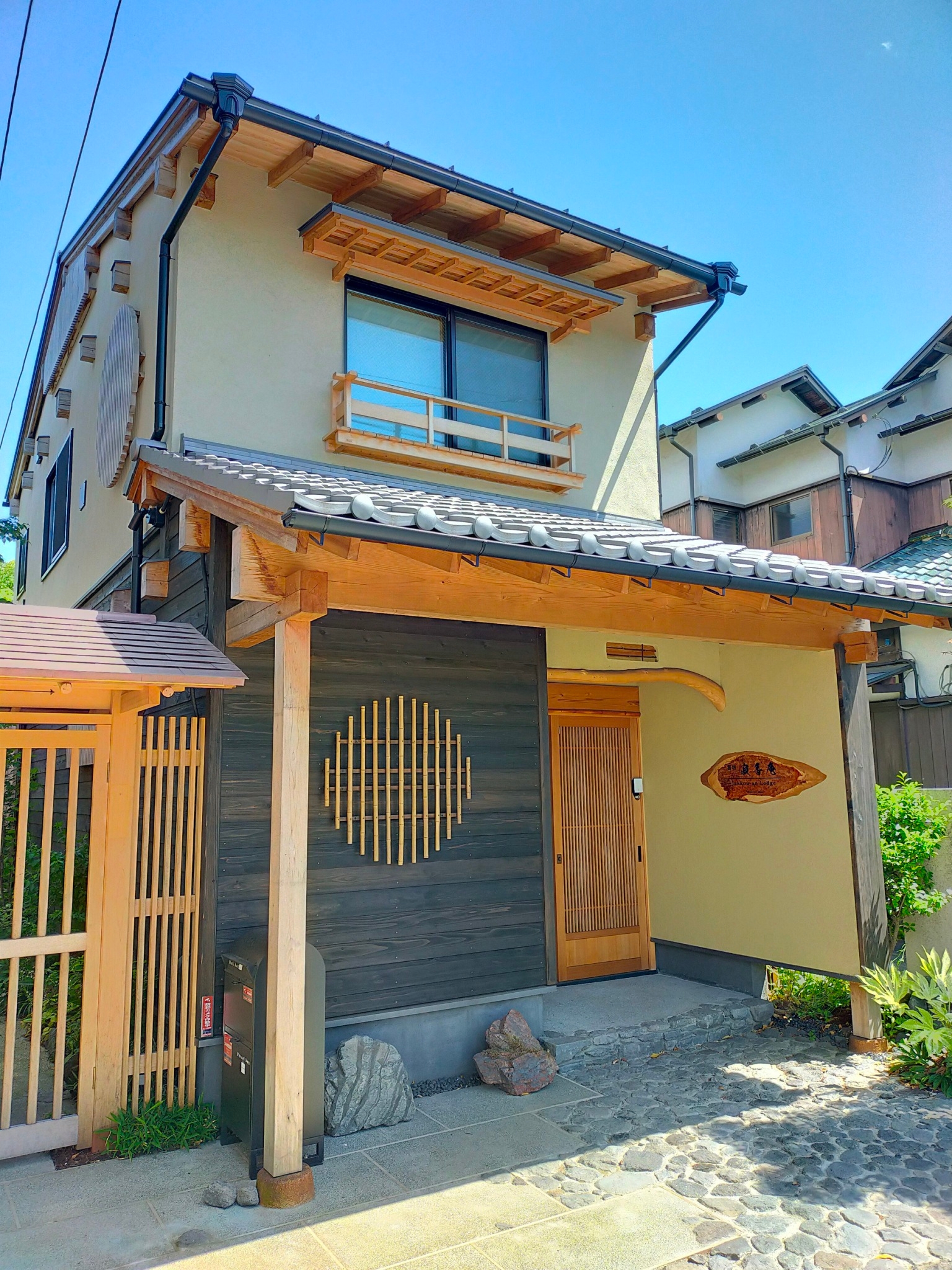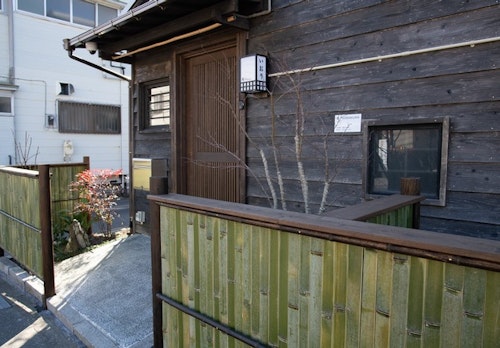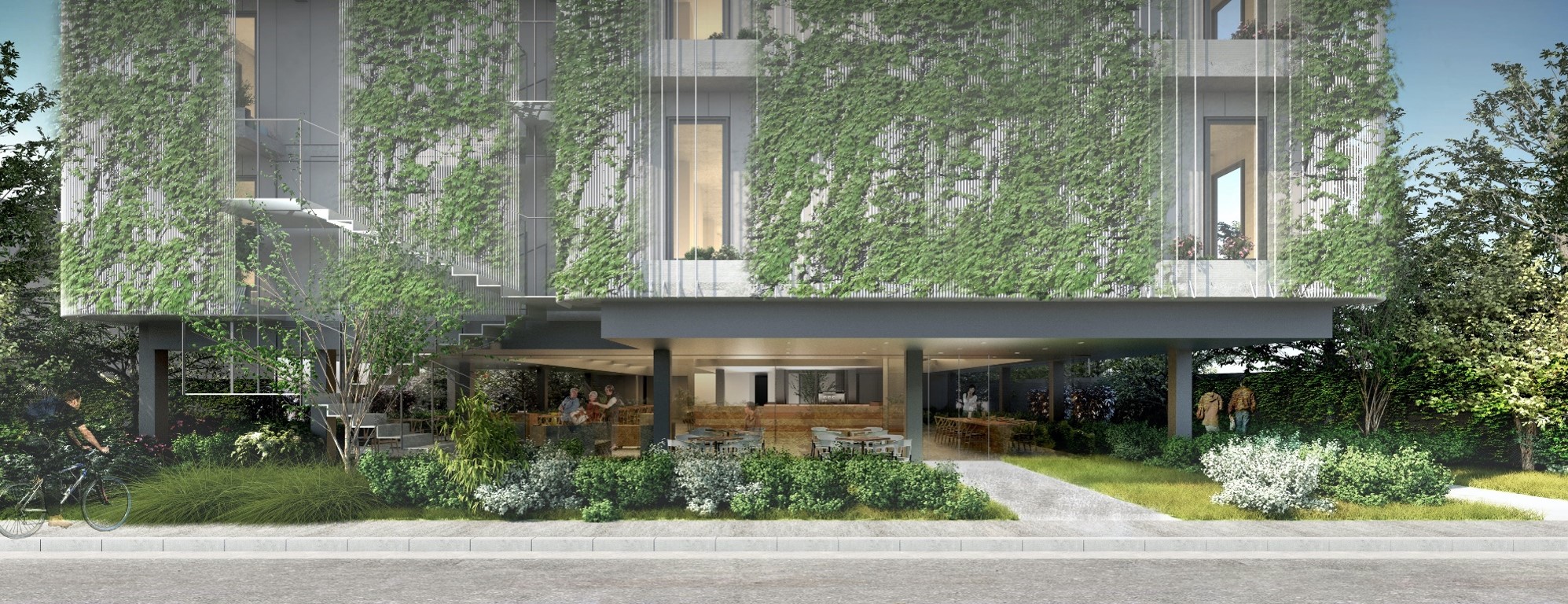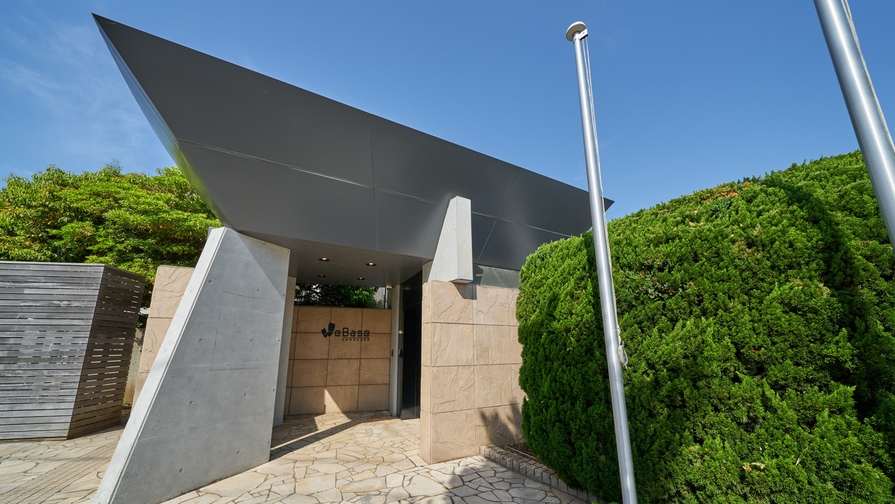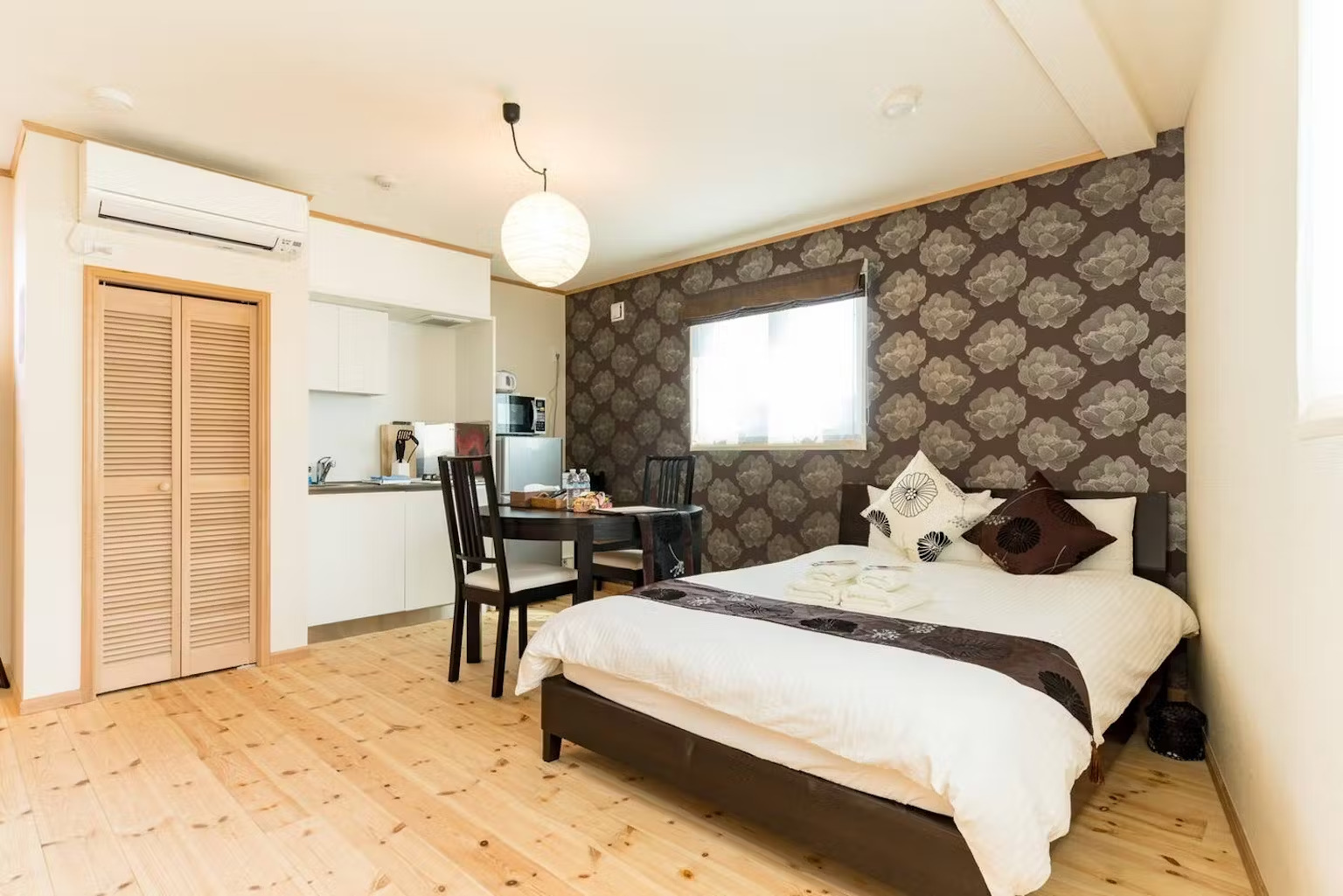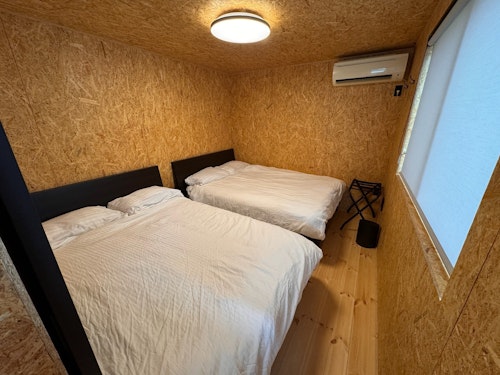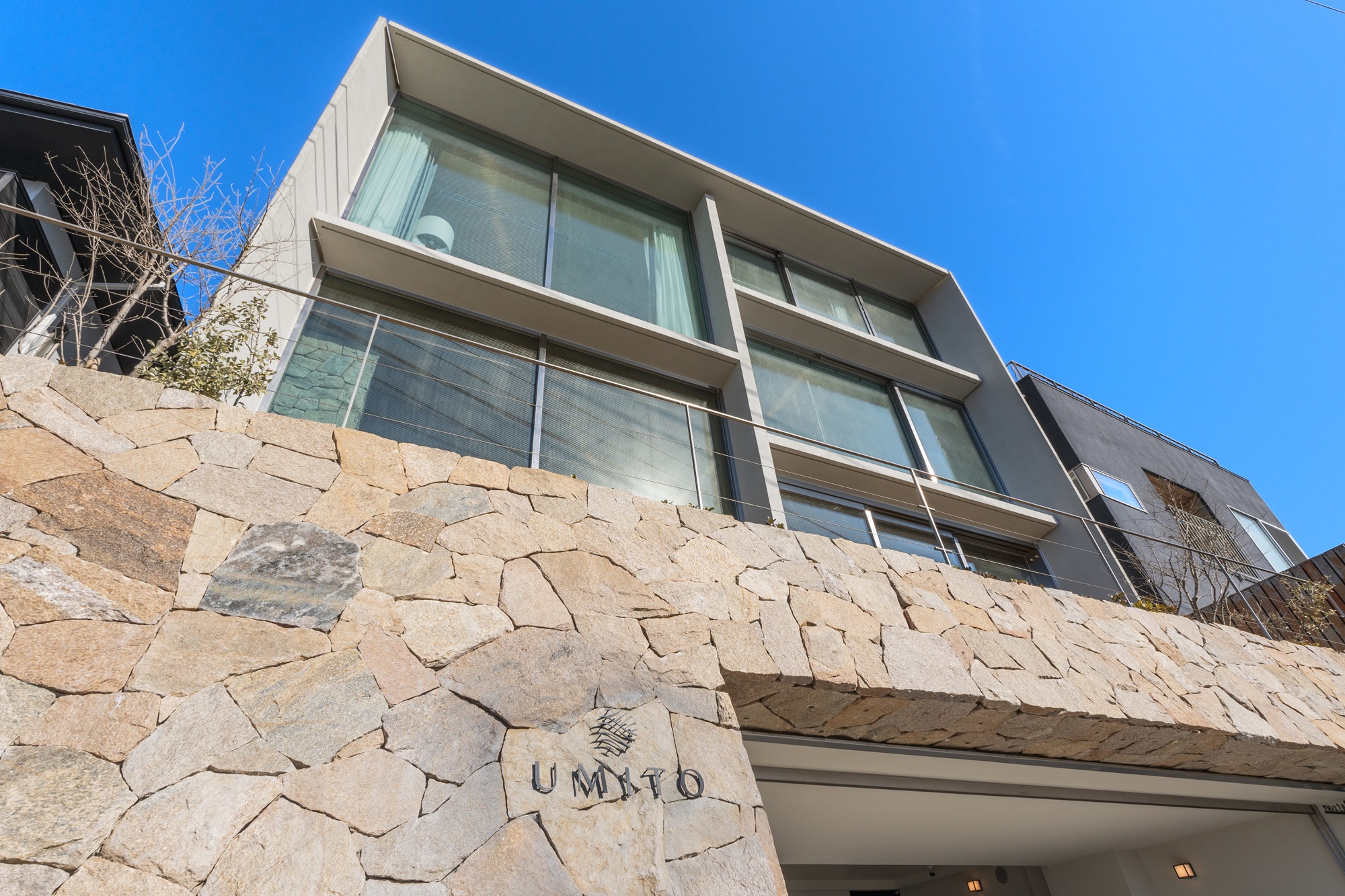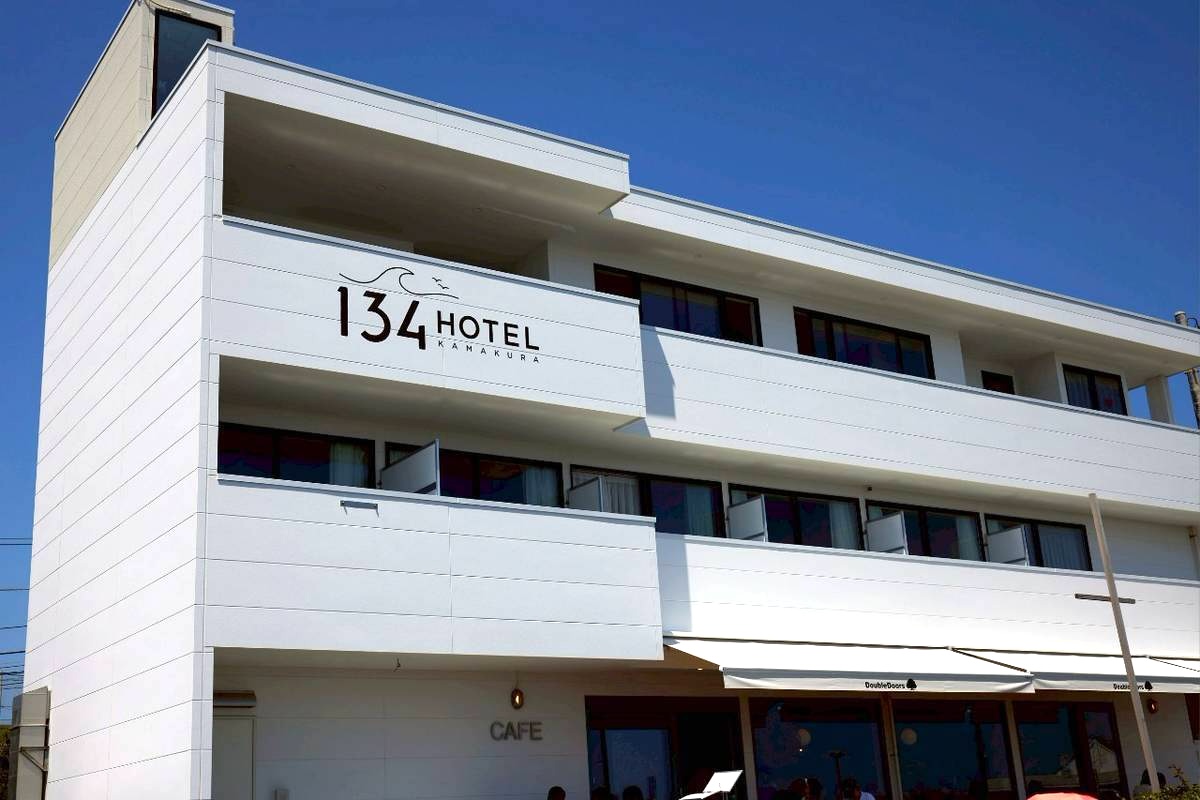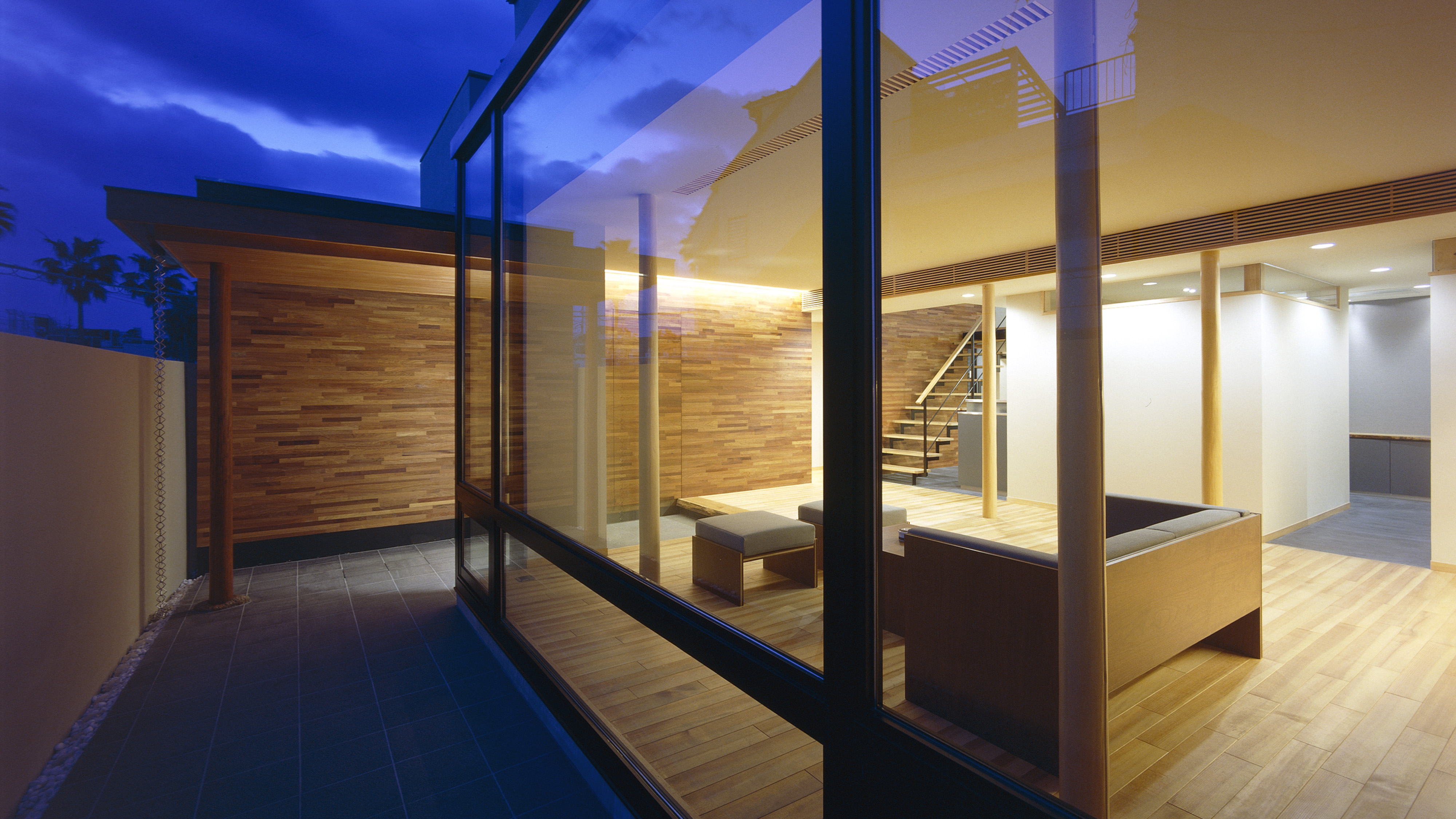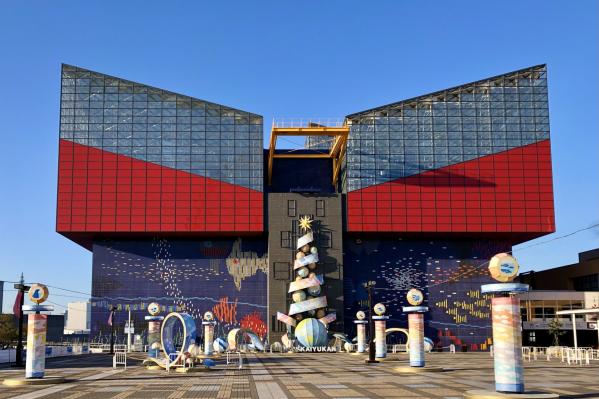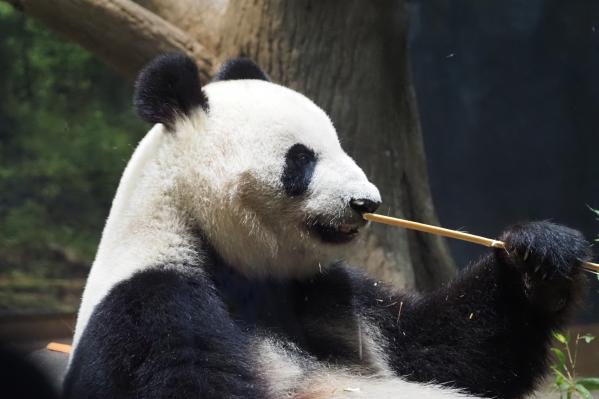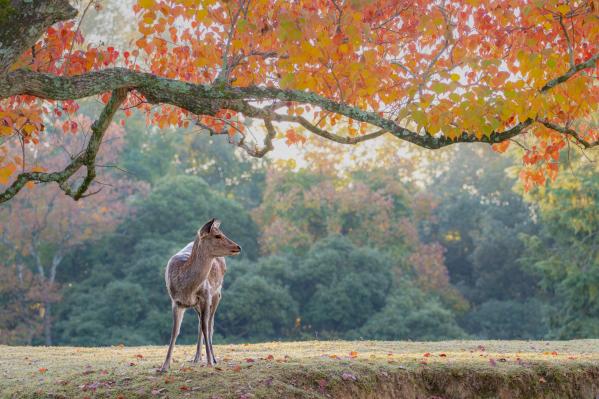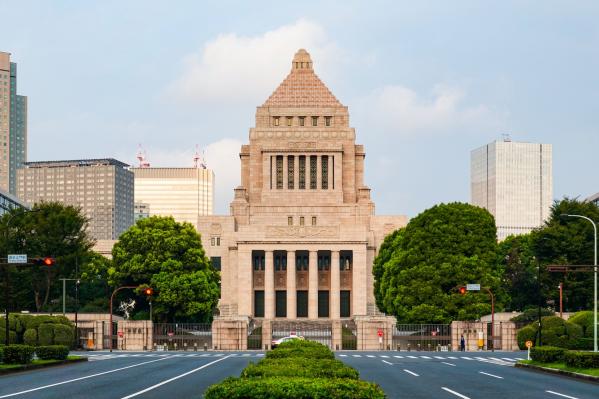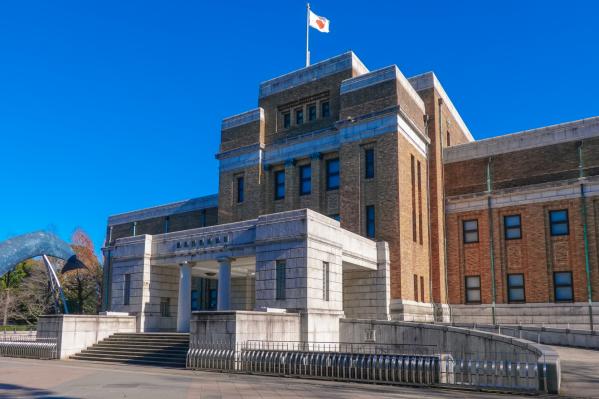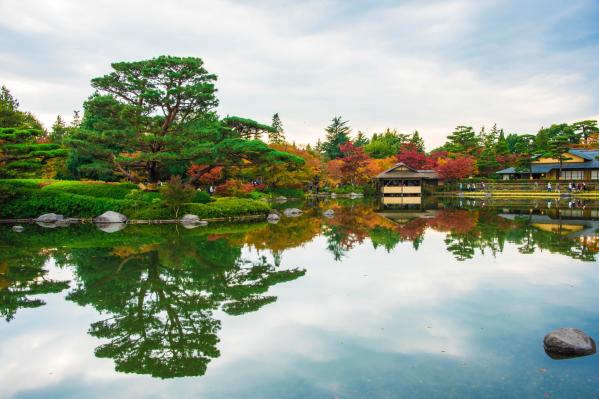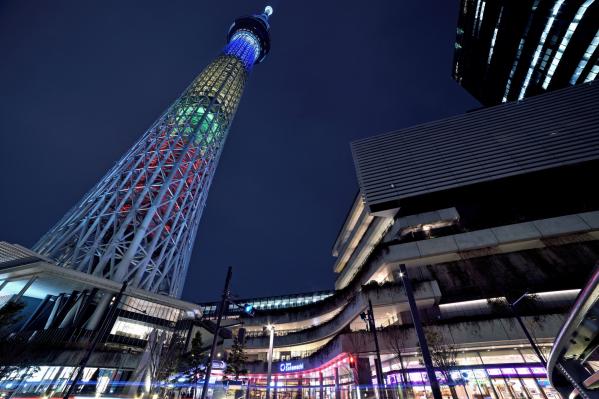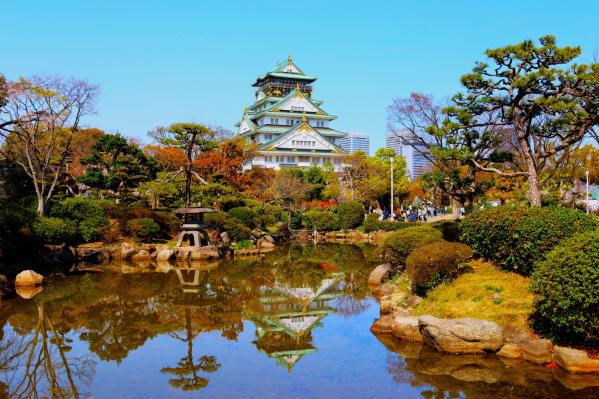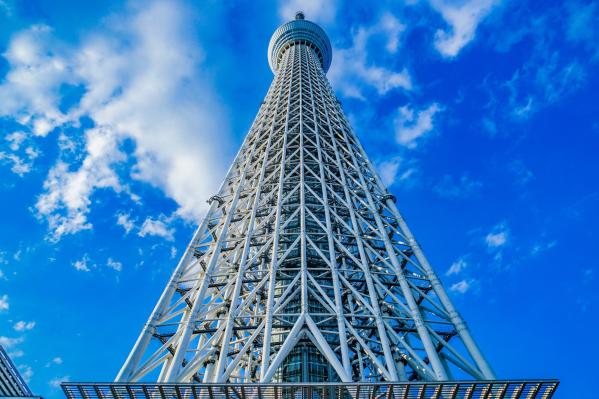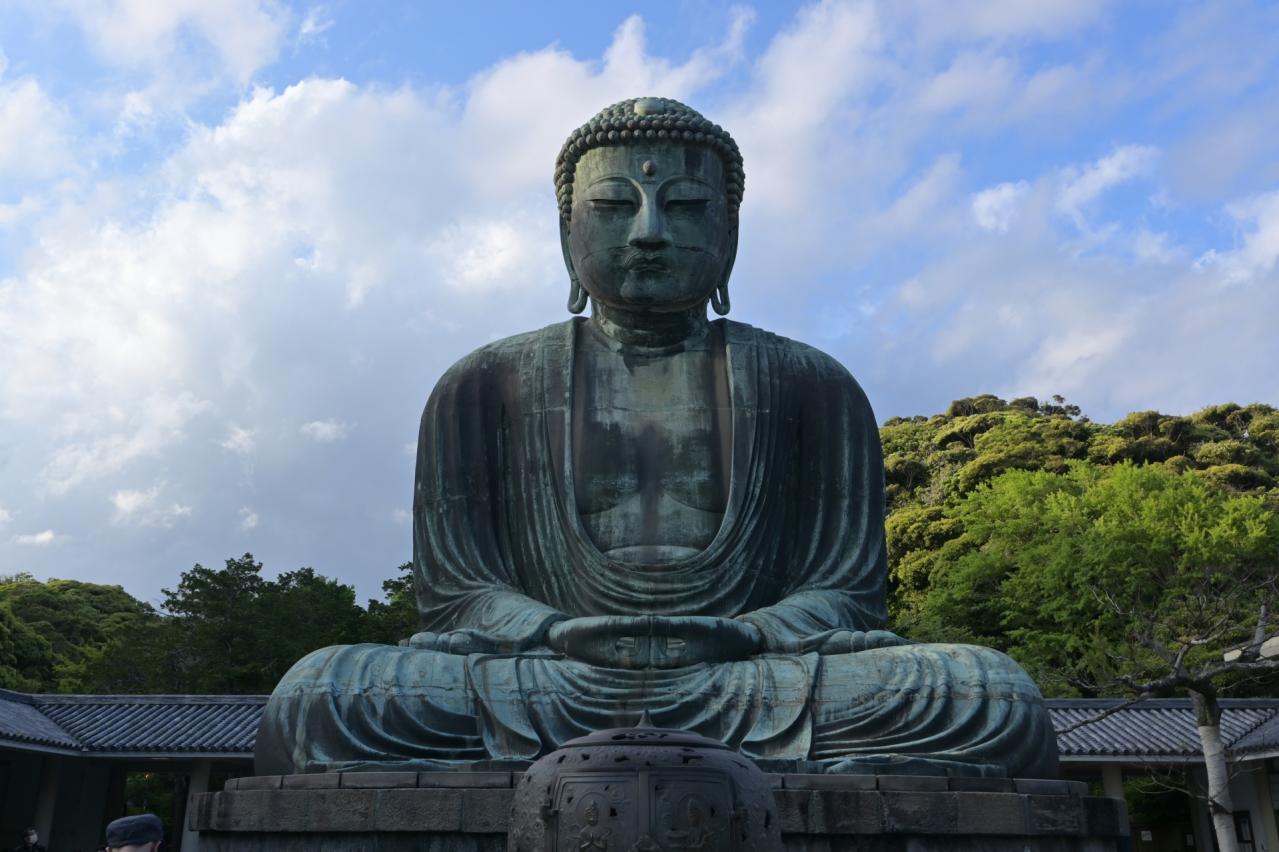
Kamakura Great Buddha (Kamakura Daibutsu)
Basic Information
- Spot Name
- Kamakura Great Buddha (Kamakura Daibutsu)
- Location
- 〒248-0016 4-2-28 Hase, Kamakura City, Kanagawa Prefecture, Japan
- Access
- 7 minutes on foot from Enoshima Electric Railway "Hase Station."
1 minute on foot from "Daibutsumae" bus stop, taking the bus towards the Great Buddha direction from the East Exit bus terminal at JR Kamakura Station.
30 minutes on foot from the West Exit of JR Kamakura Station. - Parking
- Please use the nearby paid parking facilities.
- Business Hours
- Opening Hours
April to September: 8:00 AM - 5:30 PM
October to March: 8:00 AM - 5:00 PM
Entry is allowed until 15 minutes before closing. - Fees
- General, junior and senior high school students: 300 yen
Elementary school students: 150 yen
Admission fee for the Great Buddha inner sanctum: 50 yen - Contact Information
- Phone Number:0467-22-0703
- Official Website
Map
Detailed Information
The Great Buddha Hall of Kōtoku-in, located in Hase, Kamakura City, is a Pure Land Buddhist temple that enshrines the national treasure "Copper Amida Nyorai seated statue," commonly known as the Great Buddha of Kamakura. While the exact timing and circumstances of its creation remain unclear, the temple has been passed down through generations as a Pure Land sect temple since its restoration in the Edo period by high priests such as Yūten Jōnin and Yōkoku Jōnin. The Pure Land sect, founded by Honen, teaches that by chanting "Namu Amida Butsu," everyone can attain salvation through Amida Nyorai. The seated statue of Amida Nyorai at Kōtoku-in is said to have been constructed to pray for the peace of the samurai government and the people, as well as for the salvation of all.
■ History of Creation and the "Mysterious Great Buddha"
The Great Buddha of Kamakura is classified as "Kondōbutsu," a bronze statue with a surface coated in gold leaf or gold plating. The "Azuma Kagami," the official history of the Hōjō clan, states that the creation began in 1252 (the 4th year of Kenchō), which is considered the reference year for the Great Buddha's creation. However, details about the artist, the actual production system, and the intricate casting process remain unknown, shrouded in mystery. The "Azuma Kagami" also mentions that in 1238 (the 1st year of Ryakunin), "the establishment of the Great Buddha Hall" was initiated by the shogunate's order. This record suggests that the Kamakura shogunate played a leading role in the creation of the Great Buddha. Initially, a wooden Buddha was built, and it is said that by 1243 (the 1st year of Kanzan), the Great Buddha and its hall were completed. It is believed that about 10 years later, it was replaced with the current bronze statue, but the reasons and details remain uncertain, leaving significant mysteries in the history of the Great Buddha of Kamakura.
■ Scale and Structure — A Representative Great Buddha of Japan
The height of the Great Buddha of Kamakura is approximately 11.3 meters (with a seated height of 11.31 meters), reaching around 13.35 meters including the pedestal, and weighs about 121 tons. Its majestic form is counted among the "Three Great Buddhas of Japan" alongside Nara's Todai-ji and is the only national treasure Buddha in Kamakura. The interior of the Great Buddha is hollow, allowing visitors to enter by paying an admission fee. The inner walls show a grid-like pattern of casting remnants, indicating that the bronze was cast in about 40 segments. The technique known as "Ikakuri," used to connect and reinforce each casting part, showcases the advanced casting technology of the Kamakura period. Additionally, the back of the Buddha has two openings, created to extract soil and molds during the casting, which now serve as lighting windows for visitors during interior viewings.
■ Collapse of the Buddha Hall and the "Open-Air Great Buddha"
Originally, the Great Buddha of Kamakura was housed inside the Great Buddha Hall, but from the 14th century onward, the structure was damaged by repeated natural disasters. Records in "Taiheiki" and "Kamakura Dai Nichiki" document significant damage to the Buddha Hall due to strong winds in 1334 (the 1st year of Kenmu) and 1369 (the 2nd year of Ōan), as well as a major earthquake and tsunami in 1498 (the 7th year of Meō). Due to these cumulative disasters, the Buddha Hall was lost, and from the 16th century onwards, the Buddha appeared as it does now in the open air. Surrounding the Great Buddha are 56 large foundation stones. The original Great Buddha Hall is believed to have been supported by 60 foundation stones, of which 56 still exist, indicating that the hall was a very large building. Although the temple was lost due to disasters, the statue itself survived and was restored and renovated in the mid-Edo period by Yūten Jōnin and Yōkoku Jōnin, becoming Kōtoku-in as we know it today.
■ Characteristics and Beauty as a Statue
The Great Buddha of Kamakura is highly regarded not only for its scale but also for its beautiful form. The smooth connection from the arched nose to the eyebrows, the quietly downcast horizontal gaze, and the subtly smiling mouth combine softness and elegance. It exhibits a blend of the Kamakura period's robust features and Greco-Roman stylistic elements. The "Rāhōtsu" hairstyle, with orderly arranged small protrusions, symbolizes the wisdom of one who has attained enlightenment. The "Byakugō," or white spiral, is depicted between the eyebrows, believed to emit light of compassion and wisdom. Additionally, traces of gold leaf can still be seen on the surface today, indicating that the statue was once entirely gleaming gold.
■ Hand Gestures and Buddhist Meaning
The hands of the Great Buddha are quietly placed on the knees in a posture known as "Jōbonjōshō in," symbolizing the highest position when being reborn in Amida Nyorai's Pure Land. This reflects deep meditation and a state of peaceful enlightenment. It is believed that the Buddha possesses what are called "the Thirty-Two Features and Eighty Kinds of Aesthetic Qualities," and one can see elements of this beauty in the balanced form of the Great Buddha.
■ Literature and the Great Buddha of Kamakura
The beauty and grandeur of the Great Buddha of Kamakura have inspired many literary works. The poet Akiko Yosano wrote a famous poem that includes:
"Kamakura ya/ miho toke nare do/ Shakamuni wa/
Biman ni ohasu/ Natsukitachi kana"
A monument dedicated to this poem stands within the temple grounds. There are also three other literary monuments scattered throughout the area, illustrating that the Great Buddha has historically been a cultural and artistic symbol.
■ Highlights within the Temple Grounds
The grounds of Kōtoku-in feature many attractions, including the powerful Nio statues at the Nio Gate and the giant "Owaraji" displayed in the corridor. The Owaraji, about 1.8 meters long and weighing approximately 45 kilograms, is offered every three years by a children's association from Hitachi Ōta City, infused with the hope that "the Great Buddha will walk throughout Japan and bring happiness to the people."
■ The Significance of the Great Buddha of Kamakura in Modern Times
More than 750 years after its creation, the Great Buddha of Kamakura continues to be beloved by many people, transcending nationality and religious sect. Serving as a symbol of the spread of Buddhism, it welcomes many worshippers not only as a tourist attraction but also as a place for quiet prayer and reflection. Its serene posture, slightly bent forward against the backdrop of the greenery of Hōkōzan, continues to bring profound peace and reverence to those who visit.
Kamakura Great Buddha (Kamakura Daibutsu) Movies
Kanagawa Tourist Attractions
View ListHakone Shrine
Hakone Shrine was founded in 757 by Priest Manyo and has been revered by many people since the Nara period. It gained particular devotion from warriors such as Minam...
Cup Noodles Museum Yokohama
The Cup Noodles Museum in Yokohama is an interactive food education museum where you can learn about the history of instant ramen and the importance of invention and...
Yokohama Landmark Tower
Yokohama Landmark Tower is a representative skyscraper of Yokohama, standing at a height of 296 meters with 70 floors above ground, and it is an iconic landmark of t...
Yamashita Park
Yamashita Park opened in 1930 as part of the reconstruction efforts following the Great Kanto Earthquake in Yokohama. This park is known for its beautiful views of t...
Tsurugaoka Hachimangu Shrine
Tsurugaoka Hachimangu is the head shrine of the Sagami province and one of the three major Hachimangu shrines, alongside Usa Jingu in Oita and Ishimizu Hachimangu in...


![[ 鎌倉 ] 750年の時を超えた 鎌倉大仏 を知らずして日本を語れず!古都の巨大仏像を解説](https://i.ytimg.com/vi/qhyrmC37cLE/mqdefault.jpg)




![【歩く】長谷寺から高徳院(鎌倉大仏) [Walking] From Hasedera to Kotoku-in (Kamakura Great Buddha)](https://i.ytimg.com/vi/cHcZPyWOg2Y/mqdefault.jpg)
